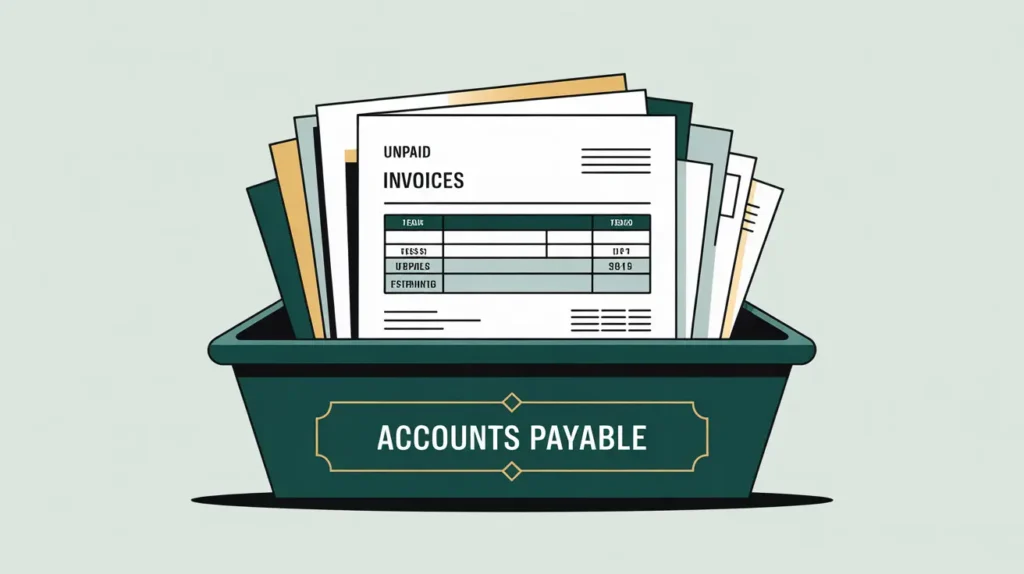Importance of the Net Assets to Liabilities Ratio
The net assets to liabilities ratio measures the long-term financial strength of a nonprofit by comparing what the organization owns outright (net assets) to what it owes (liabilities). This matters because it highlights solvency and financial flexibility: a higher ratio indicates the nonprofit has more cushion to absorb shocks and invest in growth. For nonprofits in social innovation and international development, this ratio is particularly important when managing multi-donor portfolios and long-term commitments, as it reassures boards and donors that obligations can be met without compromising mission delivery.
Definition and Features
The net assets to liabilities ratio is defined as:
Total Net Assets divided by Total Liabilities.
Key features include:
- Solvency Indicator: reveals the extent to which an organization’s obligations are covered by net assets.
- Benchmark Use: a ratio greater than 1.0 suggests more assets than liabilities; higher ratios signal greater financial stability.
- Long-Term Focus: complements liquidity ratios by looking at structural financial health rather than short-term cash.
- Risk Assessment: useful for boards, auditors, and donors evaluating sustainability.
How This Works in Practice
If a nonprofit has $8 million in net assets and $4 million in liabilities, its net assets to liabilities ratio is 2.0, meaning it has twice as much in net assets as it owes. A board might interpret this as a sign of strong solvency and approve a strategic investment, such as expanding to a new region. Conversely, if the ratio is below 1.0, the organization owes more than it owns, raising red flags about sustainability and borrowing capacity. Finance committees often track this annually during audit and budget cycles.
Implications for Social Innovation
For nonprofits in social innovation and international development, the net assets to liabilities ratio helps funders and boards judge resilience in complex, multi-country operations. A strong ratio indicates the organization can manage donor advances, project delays, or unexpected liabilities without jeopardizing long-term viability. It also strengthens credibility when negotiating with governments, foundations, or banks. A weak ratio, by contrast, may suggest overextension, limiting the organization’s ability to attract new funding or take on systemic change initiatives. By monitoring and maintaining a strong ratio, nonprofits can balance risk with opportunity, ensuring that growth and innovation are built on solid financial foundations.







